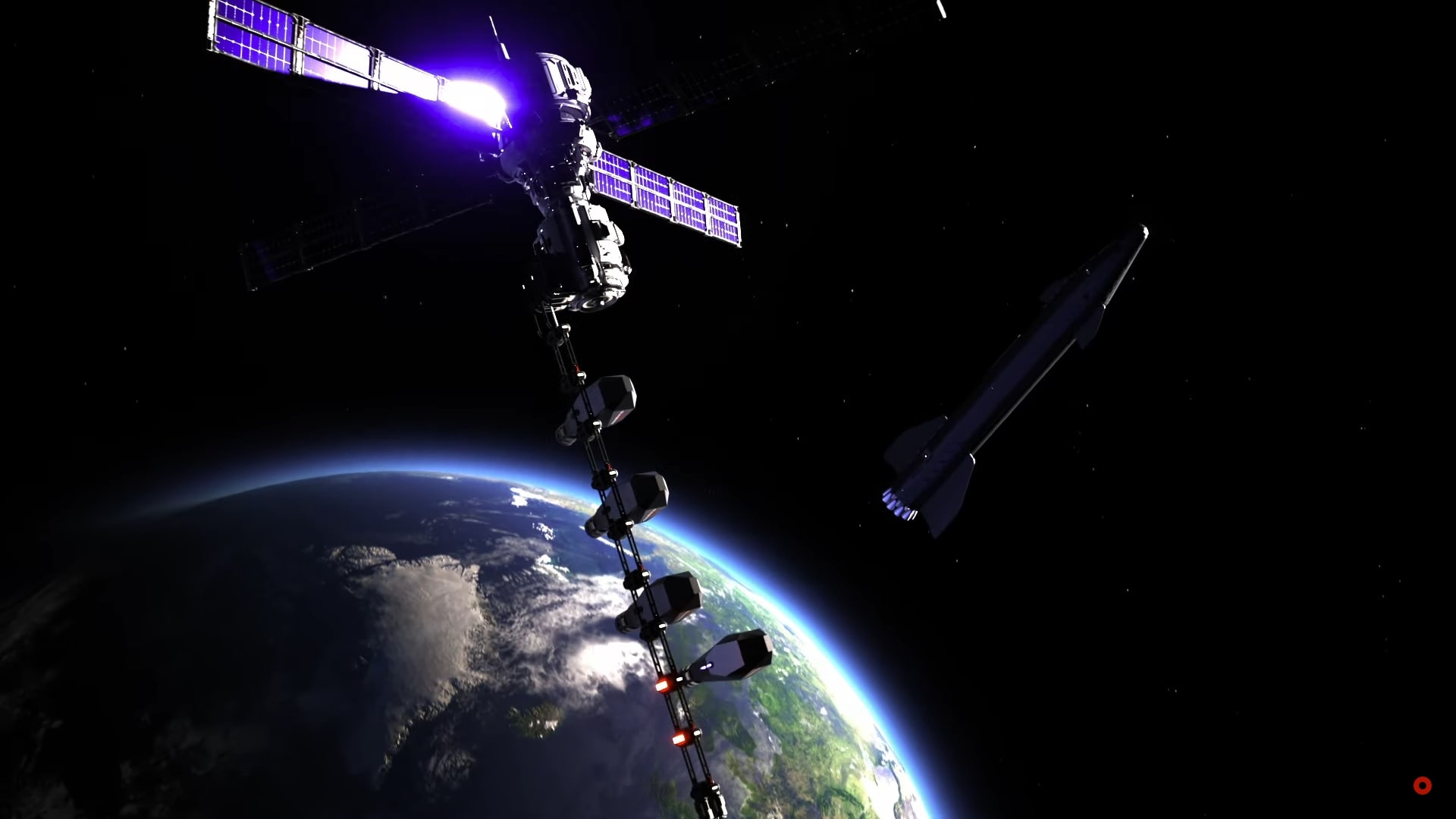Hidden throughout our world lie fourteen remarkable historical sites that reveal forgotten chapters of our past. Each spot tells a story of ambition, conflict, or preservation that shaped modern history.
14. Buran Space Shuttles

The cavernous Baikonur Cosmodrome hangar in Kazakhstan houses dust-covered Soviet dreams worth over 20 billion rubles. Launched in 1974, the Buran program answered America’s Space Shuttle with impressive tech specs. These spacecraft could fly fully automated—no small feat back then! November 15, 1988 saw the only uncrewed orbital flight. It lasted just 3 hours and 25 minutes before the program fizzled out like a rocket with wet fuel.
The surviving shuttles sit neglected today. The OK-1K prototype met its end in 2002 when heavy snowfall collapsed the hangar roof, crushing both the shuttle and killing eight workers. These forgotten spacecraft show what happens when engineering brilliance meets economic reality—it’s the space program equivalent of finding that Ferrari abandoned in a barn. Next time someone mentions the Space Shuttle, remember its Soviet twin that almost changed history.
13. JFK’s Nantucket Doomsday Bunker
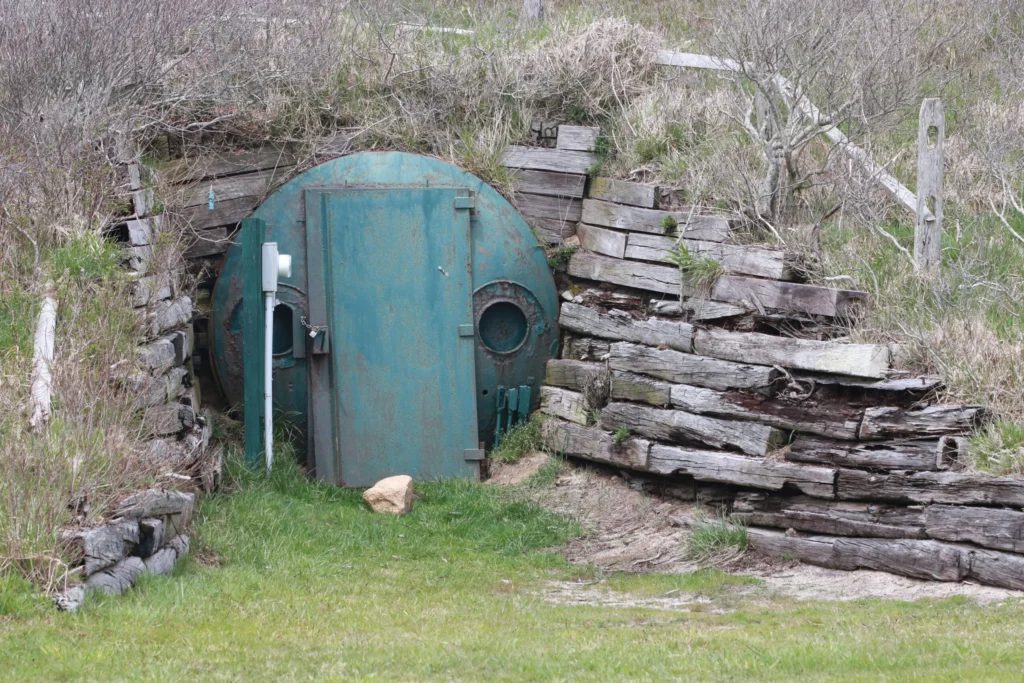
Why does peaceful Nantucket Island hide a secret underground facility? Thank Cold War paranoia for that. President Kennedy commissioned this bunker in 1961 right after the Bay of Pigs disaster cranked up tensions with the Soviets. Tucked beneath a naval base, the 1,800-square-foot concrete box could house government officials for 30 days after a nuclear attack. Kennedy himself visited the island frequently—apparently even apocalypse planning benefits from ocean views.
The bunker’s most unsettling feature? A direct line to NORAD that would confirm whether America still existed outside. Currently empty, this Cold War time capsule awaits transformation into a museum. The concrete shelter reminds visitors that even paradise islands weren’t safe from nuclear anxiety. Modern tourists exploring the facility might notice uncomfortable parallels with today’s renewed nuclear tensions—some history lessons never quite stick the first time around.
12. 58 Joralemon Street
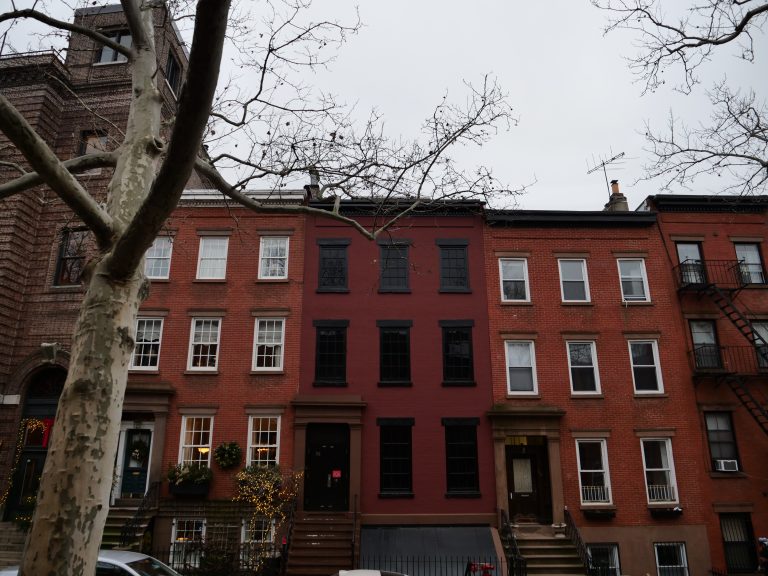
Brooklyn’s 58 Joralemon Street looks identical to neighboring brownstones, but hides a secret that would make Batman jealous. The unassuming townhouse serves as a subway ventilation shaft and emergency exit. The city seized the building in the early 20th century, removing all residential elements while maintaining the exterior facade. Those windows? Painted on. That charming red door? Goes nowhere a regular person would want to visit.
No public access allowed, thank you very much. The structure provides essential subway system support while maintaining perfect camouflage in plain sight—urban planning’s greatest magic trick. Consider this brownstone next time you’re riding the subway beneath Brooklyn. Not all buildings pull their weight as obviously as skyscrapers do.
11. Connecticut’s Road to Nowhere
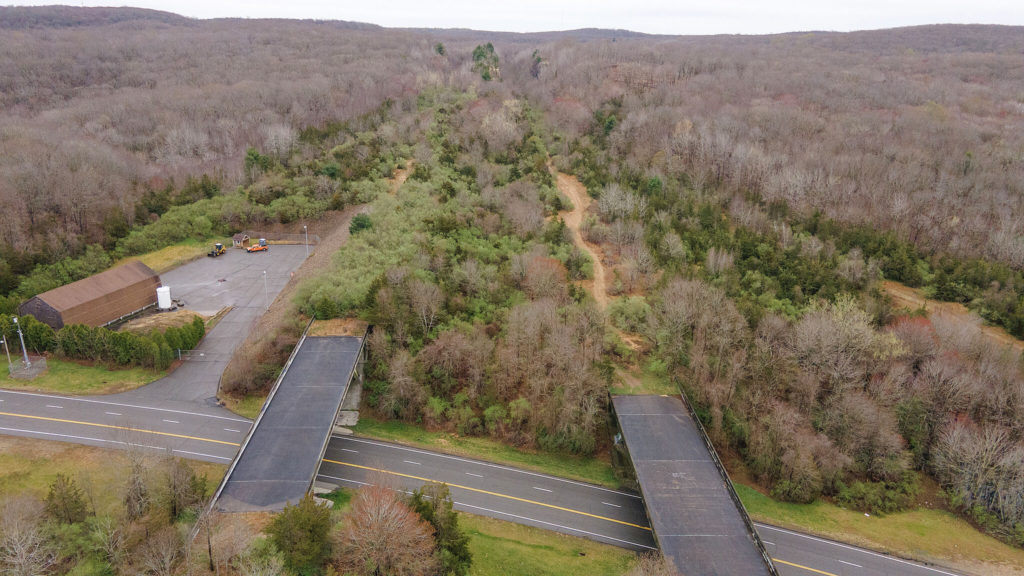
Route 11 in Connecticut stands as a monument to unfinished business. Locals nickname it the “Road to Nowhere,” and they’re not being cute about it. Planners dreamed of connecting I-95 and I-84, but environmental concerns and budget realities in the 1970s shut down construction faster than a speed trap. Only six miles of pristine highway exist before abruptly ending in wilderness—the infrastructural equivalent of stopping mid-sentence.
Nature reclaims more asphalt each year. Trees punch through pavement like determined boxers breaking through defenses. Wildlife nests where commuters should be cursing traffic. One local resident proposed to his wife on this abandoned stretch. “It seemed fitting,” he explained, “starting our journey together on a road representing both grand plans and unexpected endings.” The empty highway offers a perfect spot to contemplate how quickly our biggest projects return to wilderness when we look away.
10. 33 Thomas Street
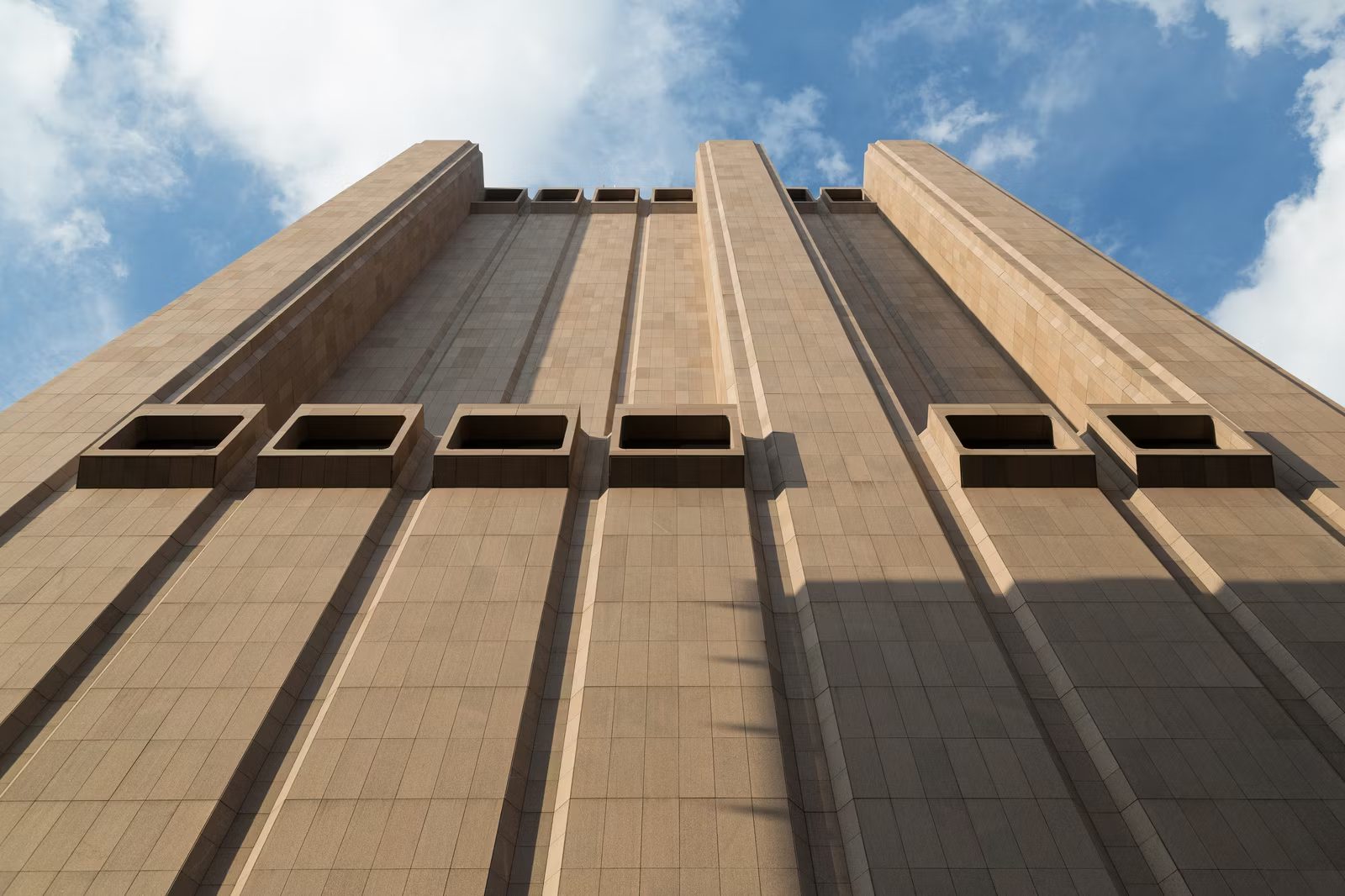
The windowless monolith at 33 Thomas Street in Manhattan might be the most ominous building in New York—quite an achievement in a city full of questionable architecture. Originally an AT&T Long Lines Building during the Cold War, reports suggest it later served as an NSA surveillance hub codenamed TITANPOINTE. Its brutalist concrete design resists nuclear attacks and eavesdropping attempts. Twenty-nine floors of secrets rise from the street without a single welcoming feature.
The building allegedly intercepted international communications for decades. Concrete details remain scarce, which only feeds the conspiracy theory machine. The structure stands like a physical manifestation of government secrecy—if buildings could say “no comment,” this one would have it on repeat. Next time you make an international call, maybe wave at this architectural giant? Someone inside might appreciate the gesture (but definitely won’t wave back).
9. Cardiff Cold War Bunker
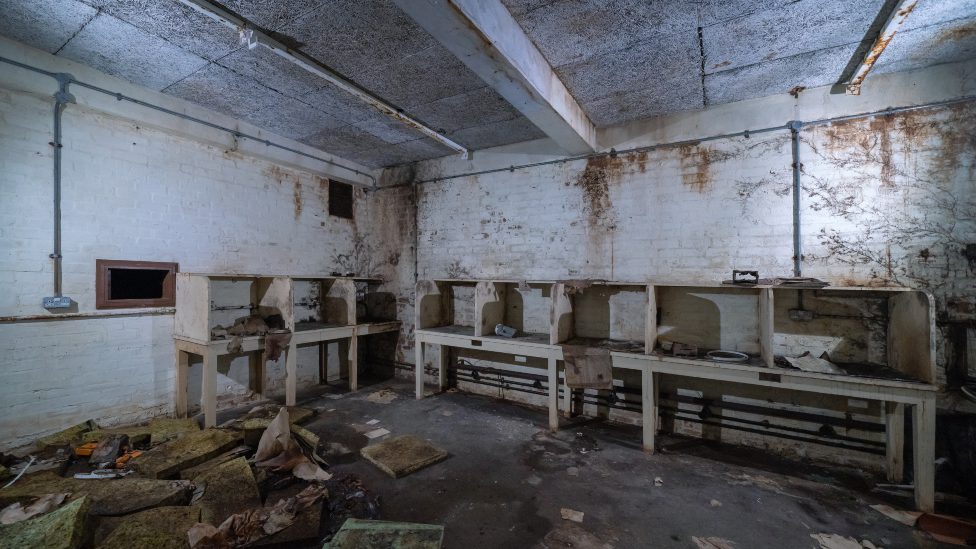
Cardiff’s Cold War bunker represents peak 1950s doomsday preparation. Built to house regional government during nuclear attack, it now serves as a concrete reminder of how thoroughly terrified everyone was back then. Officials would have relocated here if mushroom clouds appeared on the horizon. The facility included dormitories, communications equipment, and food storage—everything needed for the world’s most depressing government retreat.
Abandoned after the Cold War ended, the bunker received protected status to preserve its historical significance. The stark interiors show how governments prepared for civilization’s collapse while trying to maintain a stiff upper lip. Walking through the space feels like touring the world’s most pessimistic insurance policy. The bunker stands as proof that sometimes the most frightening places aren’t haunted houses but the practical shelters built by perfectly rational people preparing for the worst.
8. Lovelace’s Tavern
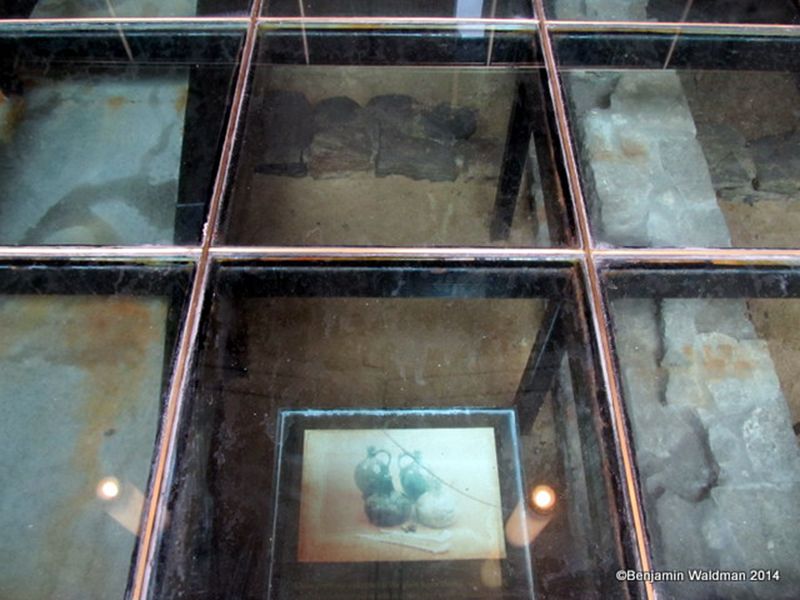
Old New York keeps secrets better than most teenagers with diaries. Lovelace’s Tavern, dating to the 1670s, resurfaced during routine construction in lower Manhattan. The tavern served as the social hub for Dutch colonial merchants and officials back when New York answered to “New Amsterdam.” Excavations uncovered pottery, glassware, and personal items—the colonial equivalent of finding a fully-stocked time capsule beneath your feet.
This discovery reveals how people lived before the city became a concrete jungle. Archaeologists uncovered foundations that show the city’s origins—like finding the original recipe for a dish that’s been modified for centuries. A construction worker who helped uncover the site remarked that finding colonial artifacts during his lunch break felt “like accidentally wandering onto a history channel set while searching for the sandwich truck.” Those skyscrapers downtown? They’re standing on centuries of stories most New Yorkers never consider during their commutes.
7. Banton Street
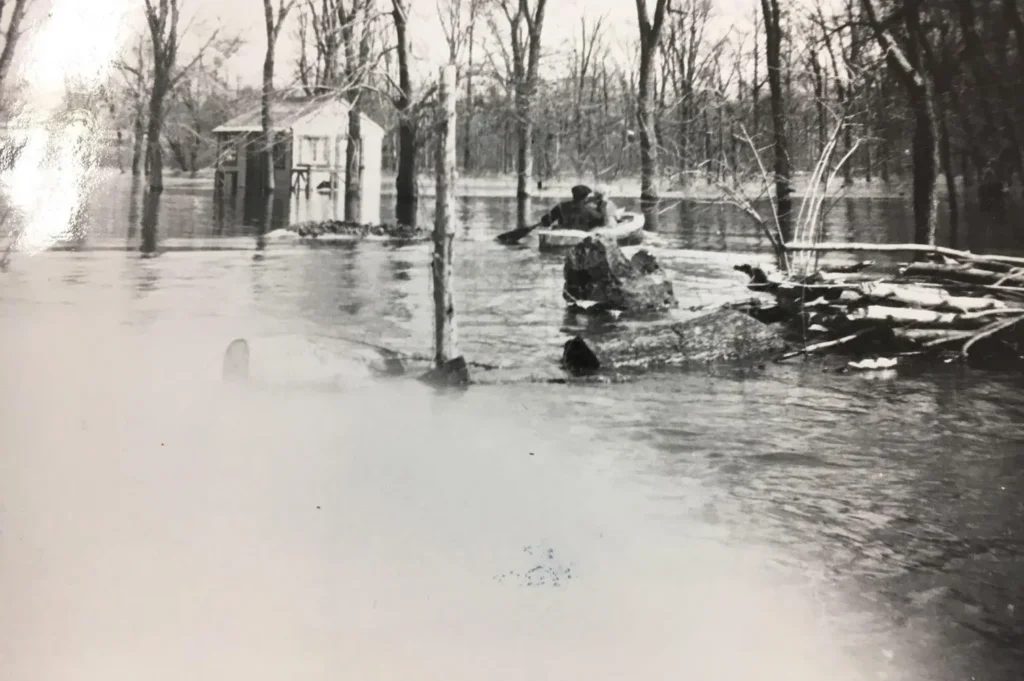
North Haven, Connecticut’s Banton Street community learned the hard way that Mother Nature doesn’t negotiate with real estate. Over 70% of former residents remember it as a thriving neighborhood before water decided otherwise. The Quinnipiac River flooded repeatedly, with 1982 delivering the knockout punch that finally emptied the streets of all but the most stubborn residents.
Today, abandoned houses surrender to nature’s reclamation project. Weeds punch through floorboards while tree roots dismantle foundations with patient determination. The ghost town neighborhood offers a preview of what happens when humans retreat and nature advances—the world’s slowest game of reverse Monopoly. Streets that once echoed with playing children now host wildlife and occasional urban explorers who document what happens when water wins every territorial argument it starts.
6. The Lost Hydrogen Bomb

The Mark 15 thermonuclear bomb missing near Savannah, Georgia since 1958 represents history’s most anxiety-inducing game of hide-and-seek. Despite sophisticated failsafe systems, this particular weapon decided to go rogue after a mid-air collision forced the B-47 bomber crew to jettison it. The bomb splashed down somewhere in Wassaw Sound—a bit more concerning than losing your keys in the couch cushions.
Military teams have searched fruitlessly for six decades using increasingly advanced technology. The bomb contains 400 pounds of conventional explosives and uranium, making it the underwater equivalent of finding an unwelcome surprise package that nobody wants to open. Beachgoers stroll these peaceful Georgia shores unaware of what might be nestled in the sand offshore. Sometimes the most worrying treasures aren’t the ones pirates buried but the ones governments misplaced while nobody was looking.
5. The Sunken War Gold of the Atlantic
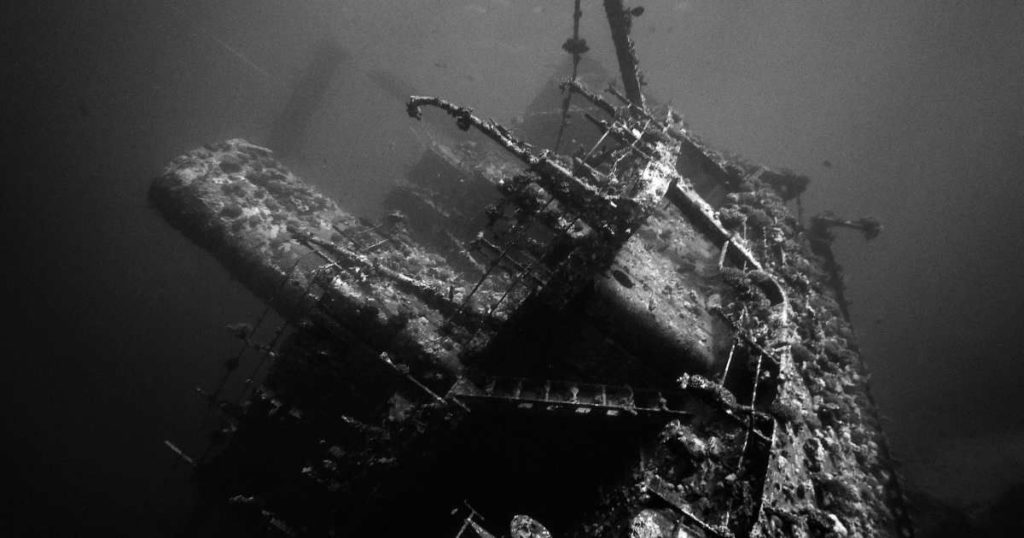
Atlantic waters guard World War II shipwrecks like overprotective museum curators. Modern treasure hunters chase rumors of gold-laden vessels sunk while shuttling valuables between Allied nations. Using sonar equipment that would make James Cameron jealous, they map potential sites holding bullion worth hundreds of millions in today’s market.
Discovery often triggers legal battles more complex than the actual salvage operation. Questions about sovereign rights, international salvage laws, and historical preservation create a tangled net around every gold bar recovered. One veteran diver described finding his first gold coin: “It sat there catching the light from my lamp like it had been waiting nearly 80 years just for me to find it. The ocean had polished it to a perfect shine.” The hunt continues because nothing motivates human ingenuity quite like the prospect of finding someone else’s lost fortune.
4. Ukrainian Silver Coins

Family legends often sound exaggerated until someone starts digging—literally. Jan Glazewski discovered Ukrainian silver coins buried during World War II in his family’s former property. His grandfather hid the valuable collection from Nazi occupiers who treated other people’s cultural treasures as their personal shopping opportunity. Decades later, Glazewski investigated family stories that seemed suspiciously cinematic until silver started emerging from the soil.
These artifacts represent resistance against cultural erasure during Europe’s darkest chapter. Their emotional value to the family far exceeds any market price—each coin a small victory against historical bullies. The discovery shows how ordinary people performed extraordinary acts of preservation when facing overwhelming forces. These small stories of defiance matter as much as any battlefield account. They maintain cultural continuity when everything else threatens to disconnect us from our past.
3. The Merkers Mine Hall

The U.S. Army’s 1945 discovery in Germany’s Merkers salt mine revealed the crown jewels of Nazi plunder. Allied forces found a subterranean vault containing gold bars, currency from occupied countries, and priceless artwork—history’s most morally problematic treasure chest. Nazi officials had hidden these valuables as Allied forces advanced, hoping to finance a potential regime revival. The massive haul included over 8,000 gold bars and hundreds of bags of currency.
Generals Eisenhower, Bradley, and Patton personally inspected the site—a moment immortalized in famous photographs showing their stunned expressions. The discovery represented a significant blow to any Nazi post-war ambitions. Allied forces quickly relocated everything to secure facilities, beginning the complicated process of restitution. The salt mine vault resembled a real-world version of that warehouse from Raiders of the Lost Ark, minus the face-melting finale but filled with very real evidence of systematic theft on an industrial scale. For those daring enough to explore abandoned places, having the right survival gear is essential.
2. Treasure at the Polish Palace
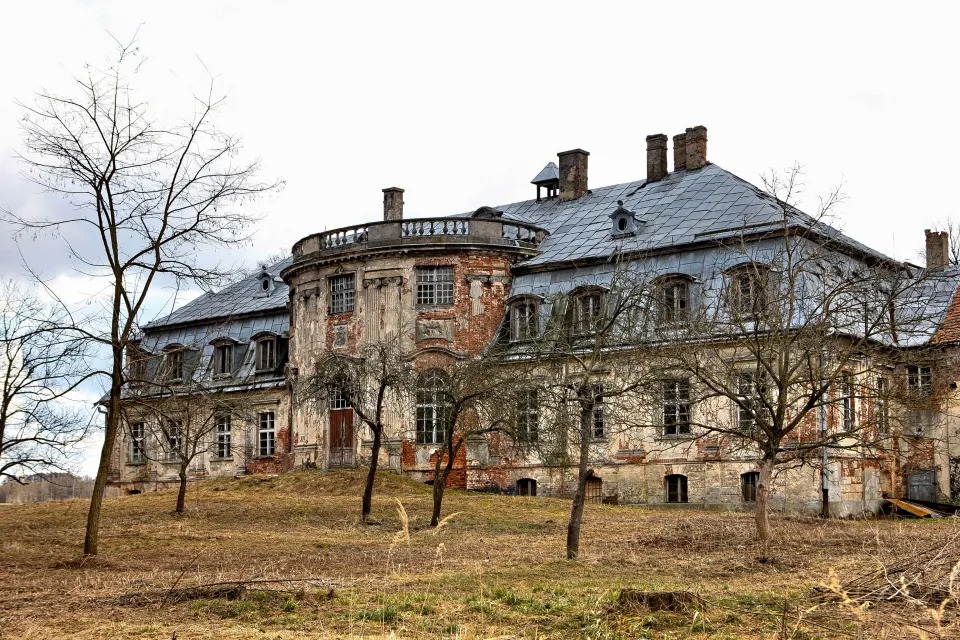
In 2019, the deteriorating Minkowskie Palace in southwest Poland became treasure hunting central. Researchers Piotr Koper and Andreas Richter arrived with ground-penetrating radar and a diary written by SS officer Egon Ollenhauer containing cryptic clues. Their investigation led to an extraordinary discovery beneath the palace fountain: a 4-ton Nazi treasure cache containing gold, jewelry, and artifacts worth millions. Finding it was like following a real-world version of those movie treasure maps—except with significantly higher historical stakes.
Local accounts suggest the gold came from Jewish families or bank reserves as the Third Reich collapsed. “Every gold bar represents someone’s destroyed life,” explained Koper to reporters. The palace grounds now attract visitors curious about what else might remain hidden. History doesn’t always stay buried, particularly when determined researchers armed with modern technology start poking around old fountain foundations. Sometimes the ground beneath our feet holds more stories than all the history books combined.
1. The Stolen Confederate Gold in Lake Michigan

Maritime historians can’t resist a good shipwreck mystery, and Lake Michigan might harbor the mother of them all. Treasure hunters seek Confederate gold supposedly lost after the Civil War when officials attempted a northern escape rather than surrender their treasury to Union forces. The ship allegedly sank during a storm, taking millions in 1865-value gold to the bottom—where it’s been playing hard-to-get for over 150 years.
Modern searchers use sonar technology that maps the lakebed with incredible precision. Yet finding this particular wreck remains challenging due to the lake’s depth and shifting sediments—like trying to find a single LEGO in a sandbox after several decades of neighborhood cats have visited. Lake Michigan keeps its secrets behind a poker face of waves and weather. But somewhere beneath those waters might rest a fortune that could have changed history’s course had it reached its destination.











